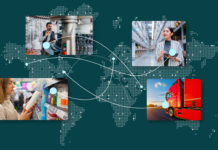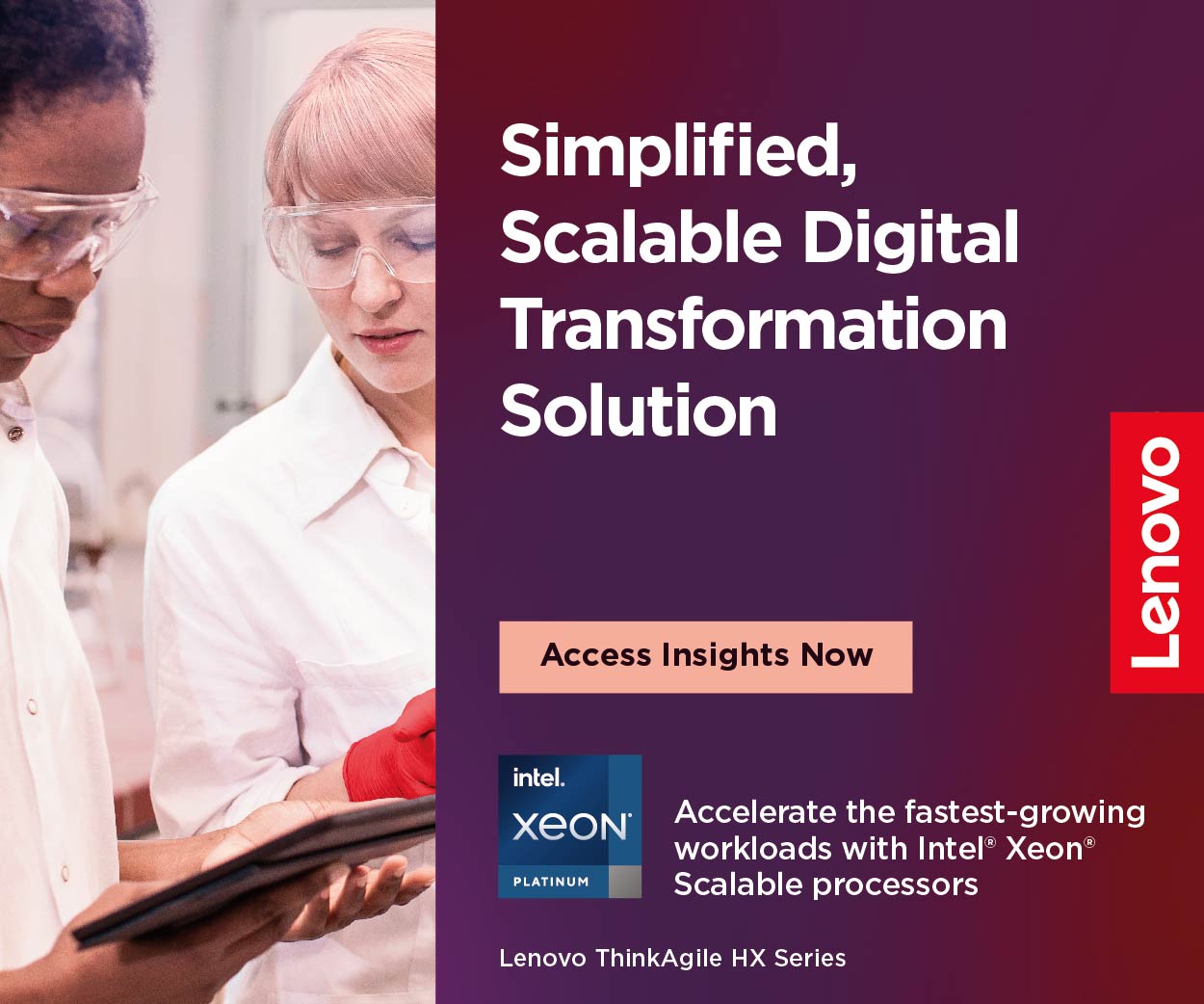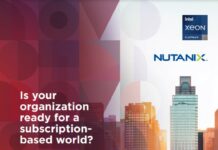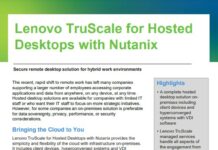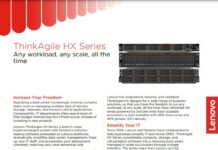The pace of innovation in today’s enterprise landscape is staggering. With the array of tools available to developers and the ongoing surge in AI, no organisation has any excuse for falling behind.
Nevertheless, several factors hinder IT teams from transforming the business — and cost is just one of them. Against this backdrop, open-source software is becoming an increasingly popular choice among customers.
Frontier Enterprise spoke with Dirk-Peter van Leeuwen, Chief Executive Officer of open-source software firm SUSE, to discuss the current state and future of the open-source market, and why many organisations are opting for this technology.
How’s the APAC market looking overall for SUSE at the moment?
It’s a very interesting market for us, presenting a great opportunity due to our unique situation. With a lot of untapped potential, we can grow rapidly and position ourselves as a strong alternative for customers seeking choice. I always say, “Choice happens,” because in an open-source world, it’s about giving customers options and freeing them from lock-ins, enabling them to benefit from rapid technological advancements.
Customer lock-in has long been an issue. My career, rooted in open source for nearly 19 years at Red Hat and a year at SUSE, started with companies in the early stages of open source. I’ve worked across the platform industry, including operating systems like Linux and Unix, middleware, cloud, and all aspects of open-source. This experience drives my belief in the open-source model as a meritocracy that accelerates innovation by ensuring the best ideas win. This allows us to deliver the best technology to our customers. Our company’s role is to make these technologies practical at an enterprise scale, helping businesses to use them without the usual drawbacks of open source.
Open source often lacks dependable accountability and certification due to its open and free nature. While the technology is great, its safety and security are often questioned. The rapid pace of innovation means technologies can quickly become outdated. Enterprises need long-term support to ensure these technologies remain viable for five to ten years or more. We meet these demands by offering innovative solutions with safety and security support via subscriptions, giving customers the choice of what they want to use.
There are developments in the industry that customers don’t like and push them to seek alternatives. In response, we introduced Liberty Linux, where we’ve effectively forked our competitors’ products—a practice enabled by open source. This flexibility, one of my favourite aspects of open source, allows customers to switch vendors without changing products. We’re introducing this approach in the open-source community, which is feasible because it doesn’t infringe on any intellectual property. With our purely open-source solution, customers can choose to come to us. We then integrate their service with our update system, ensuring they receive continuous updates and support directly from us.

The big advantage for customers is that other vendors are currently quite pushy on upgrades to new versions that then introduce features which may not necessarily align with our customers’ interests. Particularly in enterprises, often within regulated industries, having to touch and upgrade a system is fraught with difficulties due to the extensive compliance involved. These updates often cause core systems to malfunction or new problems to emerge that were not previously there. If a vendor forces an upgrade simply because a product is reaching its end of life, leaving customers with no alternatives, it disrupts their internal plans for cloud migration.
Customers often ask about transitioning to the cloud, leveraging AI, and adopting new technologies. Forced upgrades can disrupt these plans by unexpectedly altering their timelines, often impacting uptime. Recognising the benefits of open source, we reassure customers with the promise, “No worries, keep it running; we can support you.” Our extensive experience in open source, as the largest contributor to Linux, underpins our credibility. We operate reliably in business-critical environments, supporting major SAP workloads globally. Moreover, SUSE offers a broad cloud portfolio, including our Rancher product line and NeuVector for security, facilitating effective cloud migrations for our customers.
When you speak to potential customers, what is the general driving force behind their decision to switch products/ providers?
It’s a combination of factors. Cost certainly plays a role, but only towards the end of the decision-making process when procurement and negotiation occur. However, from a pricing standpoint, we are very competitive, so cost isn’t the main driving force. The primary motivator is often business continuity. Customers think, “I have this system, and it works. I don’t want to touch it. I have bigger issues. How do I maintain this? How do I ensure it stays up to date and supported over the long term so that I can focus my energy and my IT department on what is relevant to the business?” That’s what we provide.
With our Liberty offering, as we innovate and transition relevant platforms to the cloud, we have great technology surrounding Rancher. Our Kubernetes platform is among the most widely adopted in the world and enables customers to be very agile in deploying and managing cloud workloads at scale. We develop our own management tools, our own Linux, and our own Kubernetes. However, we also recognise that our customers use our competitors’ products, so our focus is on, of course, trying to sell our own and position our own, but also managing everything. For a customer, having a single pane of glass to manage their entire infrastructure, regardless of the operating system or cloud infrastructure in use, offers massive value. This strategy is at the core of our operations—we remain completely open and allow customers to mix and match.
You mentioned business continuity. What if everything is working well, and everything is in place, what then is driving the migration out of your biggest competitors?
That’s because many of their products are going end of life, and they’re using this opportunity to push customers to upgrade, which is a normal business practice. There’s nothing wrong with that; it’s just inconvenient for the customer. I feel it’s our job to maintain the balance and continue offering that choice, because having options helps keep everyone in the industry honest. Ultimately, the customer benefits, and if you adopt a customer-first philosophy, then there’s nothing wrong with it.
With the customer adoption that we’re seeing, it also positions us as a trusted vendor. As a trusted vendor with extensive access to new technology in the open-source world, we can help our customers derive products from the multitude of open-source projects. The open-source world is vast, like a maze of millions of projects. It’s like walking into a forest and thinking, “I’m looking for something specific. But how do I even find it?” This is precisely what we are doing. We have the connections, we participate actively in the community, we understand the customers, and we know where the industry is heading, whether it’s in AI or confidential computing, areas that are becoming crucial with new technologies.
We are well-connected to all of this, including our relationships with major chip manufacturers like Nvidia, Intel, AMD, and Huawei. We’ve partnered with them to enable the chips so that the operating system can use all the new features coming in, allowing our customers to seamlessly benefit from them. One of the key new trends to highlight is confidential computing. This involves workloads running on the processor being entirely encrypted with a key secured by a third party, enabling you to run a cloud workload in such a way that the cloud provider cannot see what you’re actually running. The benefits from a compliance and confidentiality perspective are there.
How do you think AI will impact your business?
This is actually one of the things that excited me when I joined the company — the unique benefits that SUSE offers. In the open-source sector, while many elements are similar, SUSE has focused on high-performance computing. We hold a unique position in the high-performance computing world, which is pivotal for driving AI. For AI workloads, we offer unique advantages through our high-performance computing technology, which runs very well with Nvidia and other GPU providers that AI workloads rely on.
We see phenomenal growth opportunities ahead. I often tell my team that it reminds me of the Gold Rush; it was those with the shovels and axes who made money. Similarly, Nvidia provides the chips, we provide the OS, and then whatever is built on top of that benefits from it. The field of AI is evolving rapidly and expanding in various directions, with much of the regulation around what can and can’t be done still undefined. For us, this is an ideal time to ride the wave of growth as an infrastructure player.




